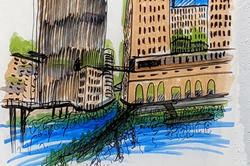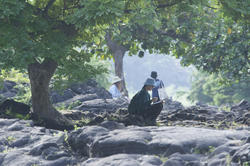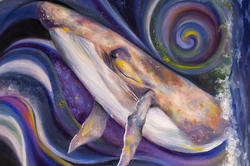Students in a fall studio highlighting humans’ impact on the natural world get encouraging critique from returning alum and wildlife artist Walton Ford.
RISD’s Nature Lab Promotes Sustainable Design
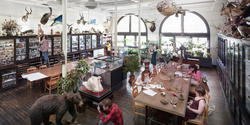
As Earth Day 2023 approaches, students are embracing the green ethos championed by scientists and research fellows in RISD’s Edna W. Lawrence Nature Lab. As part of their work supporting students’ research projects, Nature Lab staff members advocate for low-impact or benign material choices whose use directly benefits the health of the planet. “Organic materials, like pine resin or chitin from a bug’s wing, can be reproduced and also given back to the Earth,” says grad student Jacob Sussman MFA 23 CR, “and that’s a key factor in my work as a ceramicist.”
“Organic materials, like pine resin or chitin from a bug’s wing, can be reproduced and also given back to the Earth.”
Sussman is the Nature Lab’s biomaterials graduate assistant, a position funded by the RISD x Hyundai Research Collaborative, which explores the relationship between nature, art and design. In that role, he investigates materials and techniques that allow the making of ceramics to be more sustainable and less energy intensive.
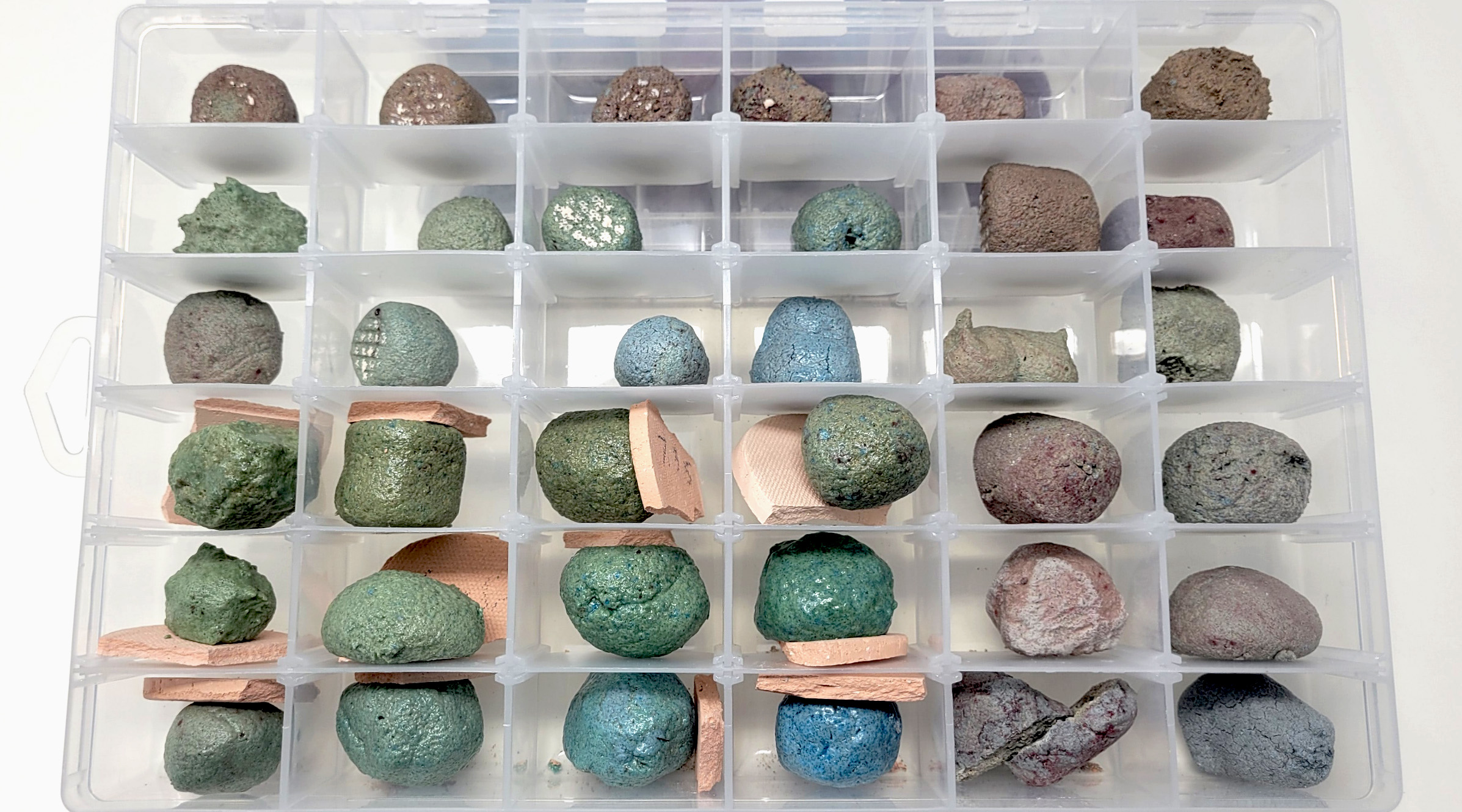
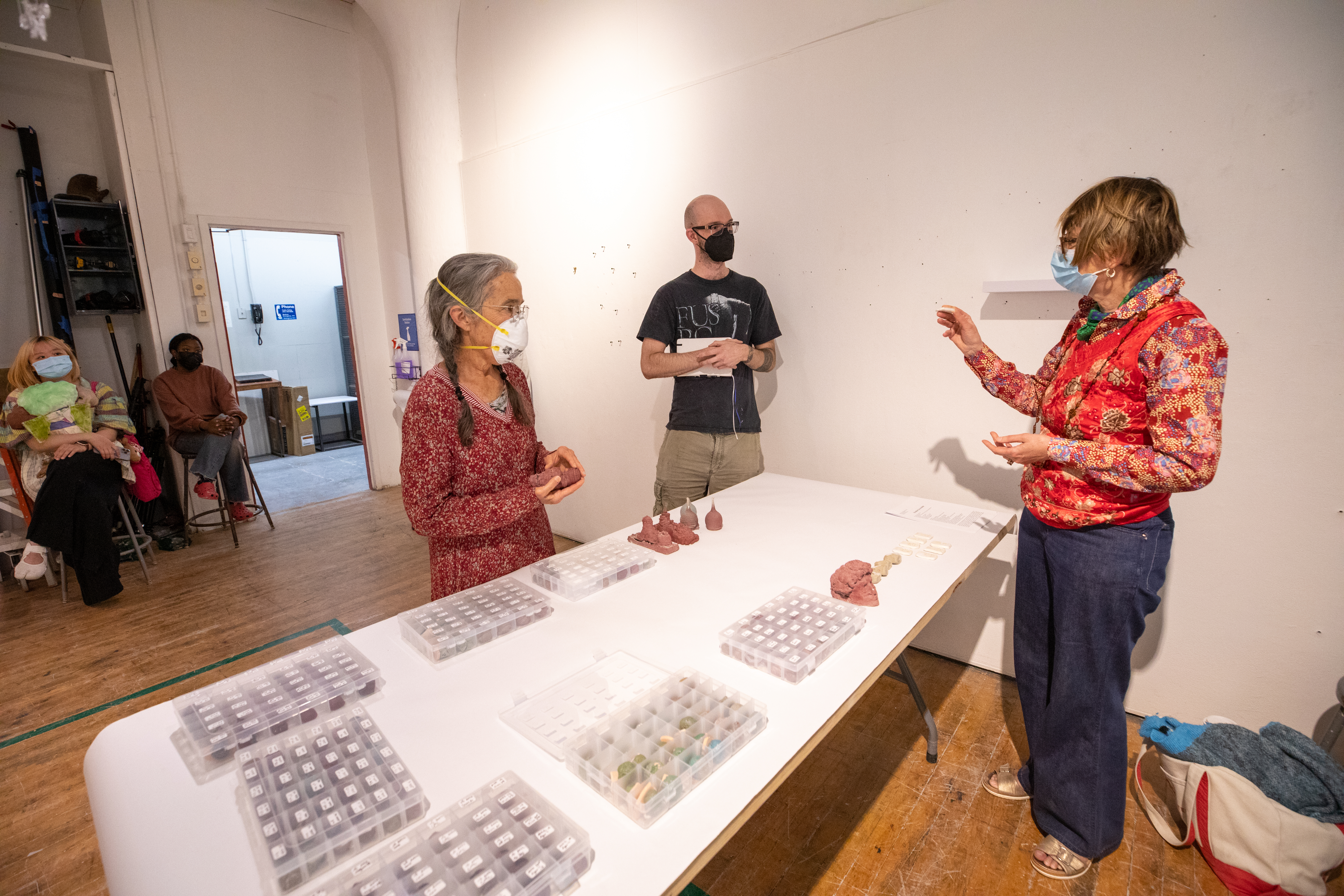
Typical ceramics processes, he explains, involve multiple firings at high temperatures for extended periods of time. Sussman learned about Egyptian faience, an ancient material included in the collection of the RISD Museum that is known to be fired only once and at a low temperature. That inspired him to experiment with different materials and firing methods that are better for the planet.
“I want to make an argument that we don’t need to use traditional methods all the time,” he explains. “There are ways to save time and energy.”
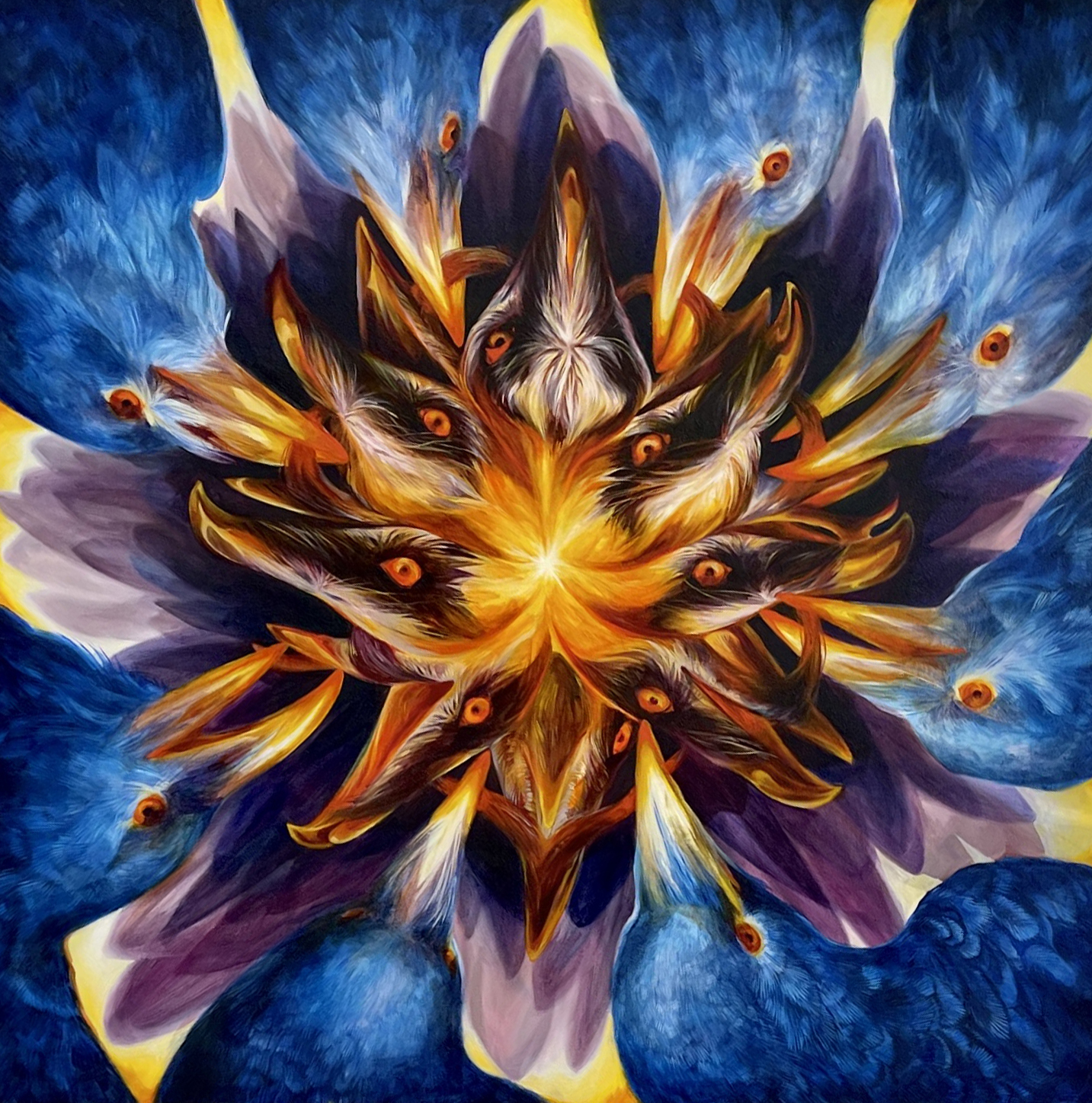
Undergraduate student Valerie Mirra 25 PT also centers her artistic practice on sustainability and relies on the Nature Lab for answers to scientific questions. She works there as a caretaker for the marine and terrestrial animals on hand for students to study and draw and says that much of her art focuses on symbiosis and the relationships between human subjects and natural landscapes.
“I feel that the study of natural sciences should be integrated into every art school’s curriculum. It’s the only way for us to remain tethered to something larger.”
“When I first encountered RISD’s Nature Lab, it took my breath away,” Mirra recalls. “I feel that the study of natural sciences should be integrated into every art school’s curriculum. It’s the only way for us to remain tethered to something larger.”
Late alum and longtime faculty member Edna W. Lawrence 20 PT had the same idea when she founded the Nature Lab back in 1937. She gathered the first 1,200 objects in the collection, including shells, butterflies, minerals, skeletons and taxidermy. Today the Nature Lab is home to nearly 100,000 specimens as well as a state-of-the-art Microscopy Lab, collections devoted to biomaterials and biomimicry and much more.
That the Nature Lab remains a place of inspiration and ingenuity nearly 90 years after it opened its doors is a testament to the community’s commitment to art and design as a force of good in the world. The Nature Lab and the people who work there continue to make good on Lawrence’s ambitious goal: “to open students’ eyes to the marvels of beauty in nature.”
—Lauren Thacker
Learn more about RISD’s Edna W. Lawrence Nature Lab.
April 13, 2023
